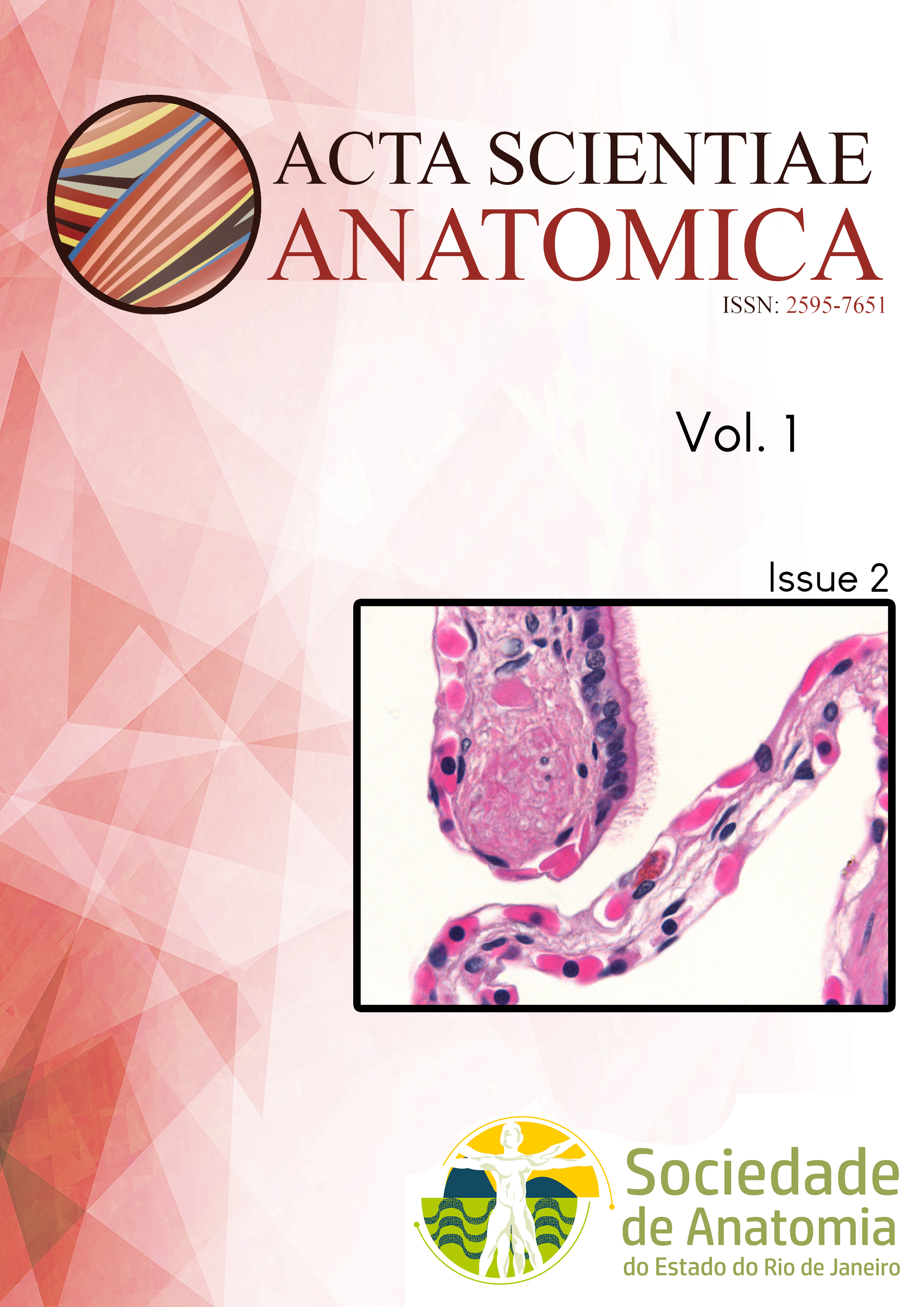Pectoralis quartus: a case report
DOI:
https://doi.org/10.65053/asa20190104Keywords:
anatomical variations, entrapment syndrome, pectoralis major, pectoralis quartusAbstract
The pectoral muscles come from the same muscular mass. In normal anatomy there are two pectoral muscles: the pectoralis major and the pectoralis minor. It’s prevalent in 11-16% of individuals. The presence of axilary variant muscles may cause neurovascular compression and, in addition, complicate surgical procedures. During regular dissection class, the presence of an uncommon variant in a male cadaver was found: a fourth pectoral muscle with its origins in the costocondral junction of fifth and sixth ribs and insertion at the pectoralis major fascia. It was located inferiorly to the pectoralis minor and posteriorly and inferiorly of the edge of the pectoralis major muscle, further detached from it. We believe that the knowledge of these anatomic variations is significant in some surgical procedures, such as lymphadenectomy. Moreover, knowledge of these variants is also important during imaging procedures, as to avoid misdiagnosis.
Downloads
Published
Issue
Section
License
Copyright (c) 2025 Acta Scientiae Anatomica

This work is licensed under a Creative Commons Attribution-NonCommercial-ShareAlike 4.0 International License.
This journal publishes open-access articles under the Creative Commons Attribution 4.0 International (CC BY 4.0) license. This permits use, sharing, adaptation, distribution, and reproduction in any medium or format, as long as appropriate credit is given to the authors and the source, a link to the license is provided, and any changes are indicated. License: https://creativecommons.org/licenses/by/4.0/








